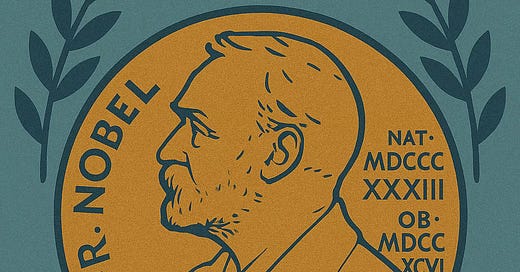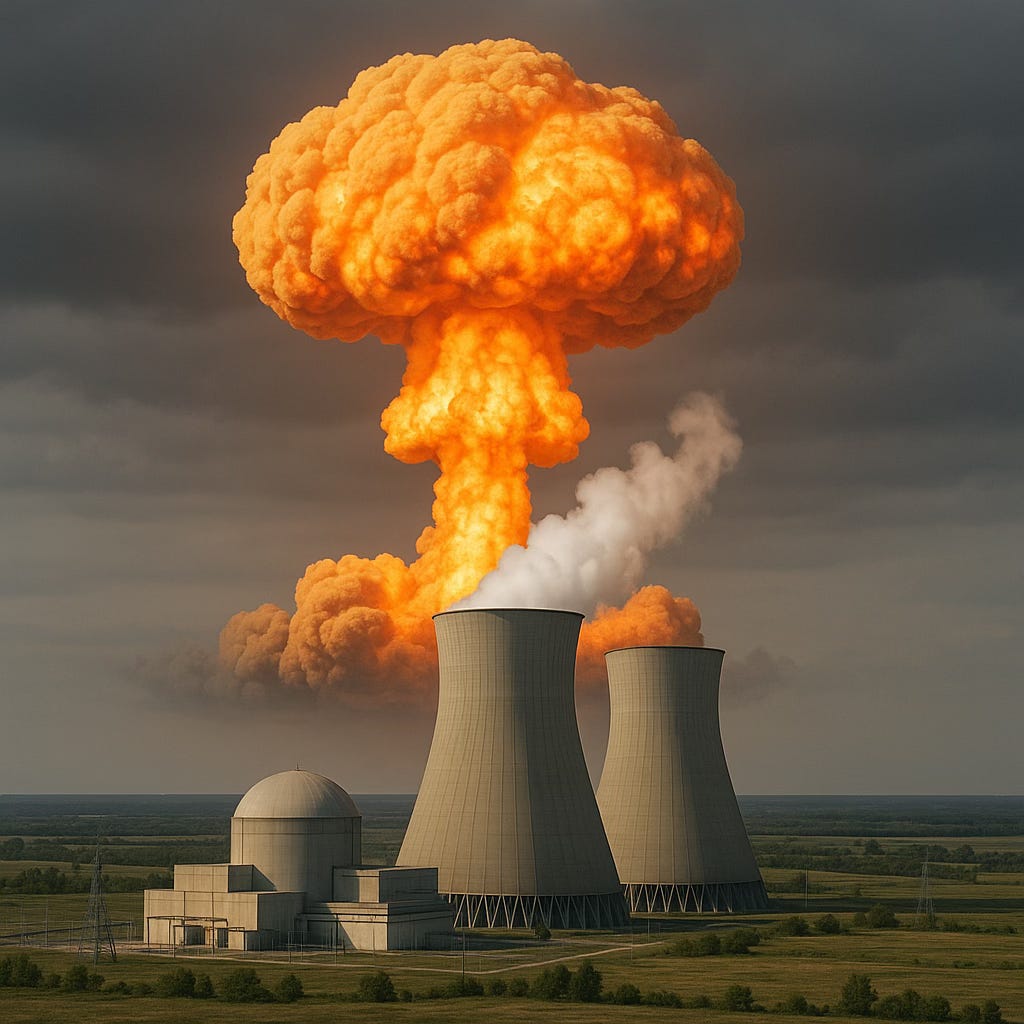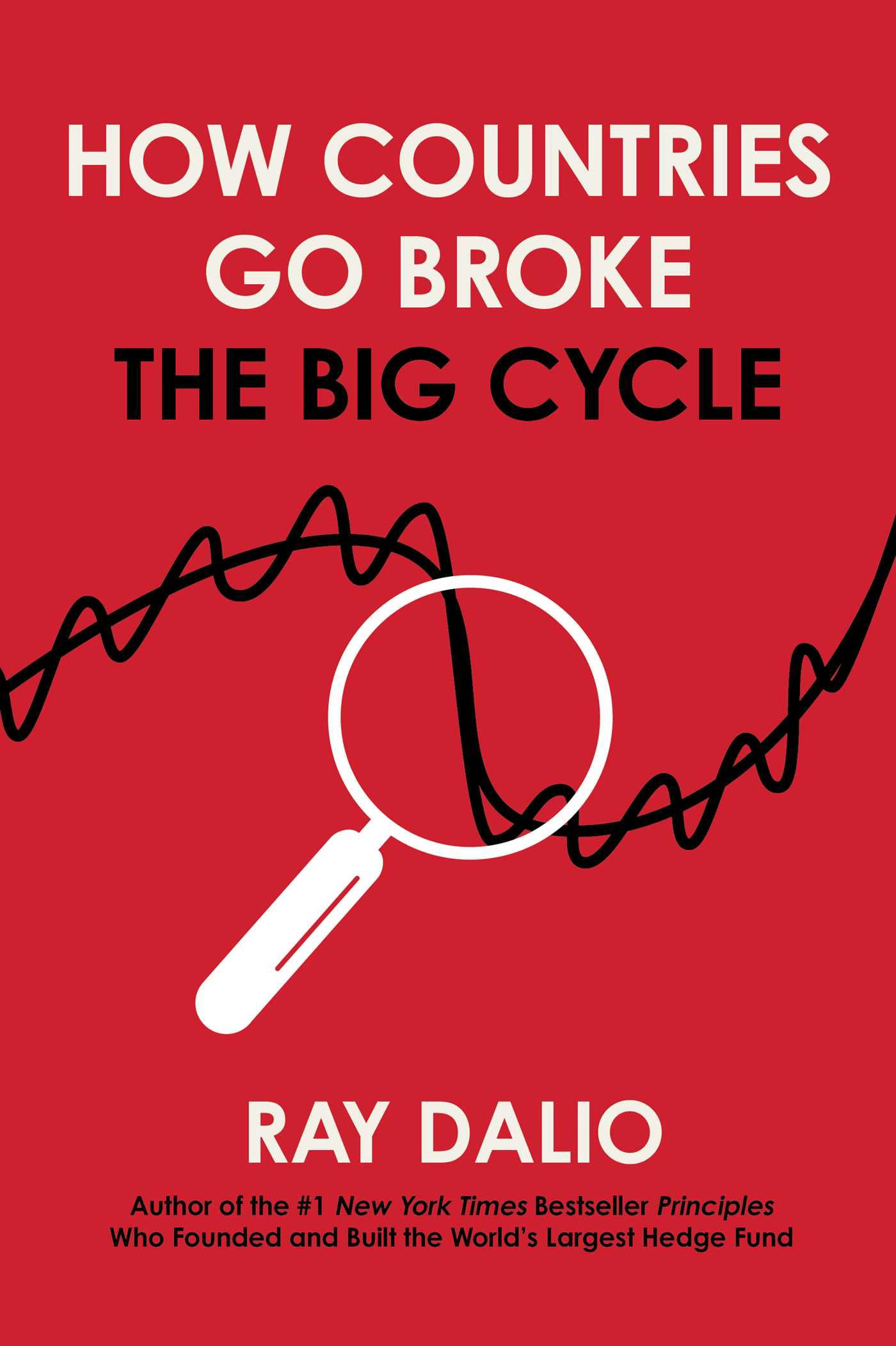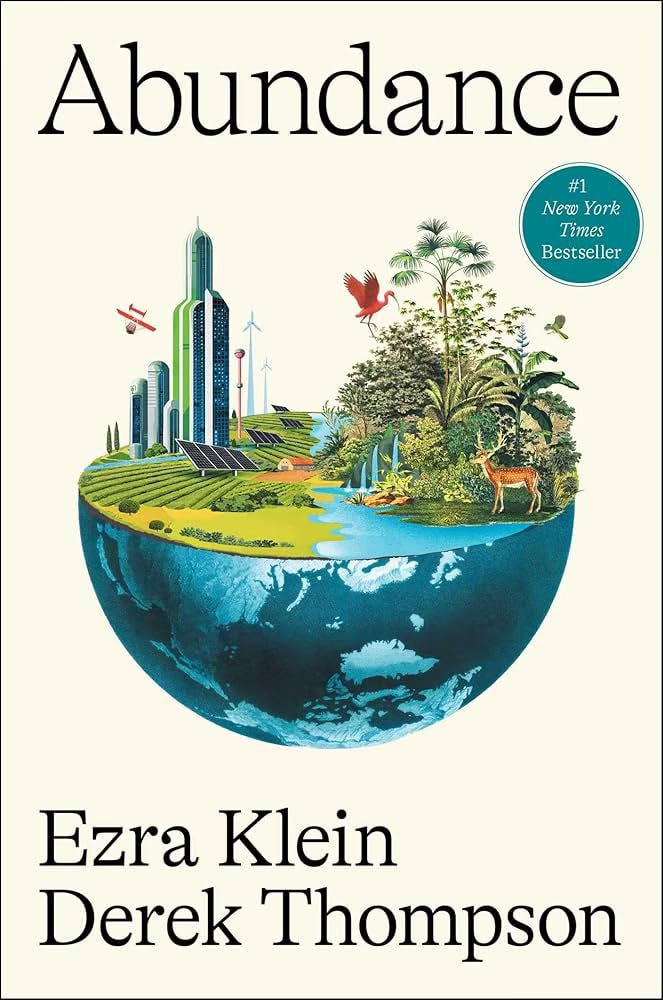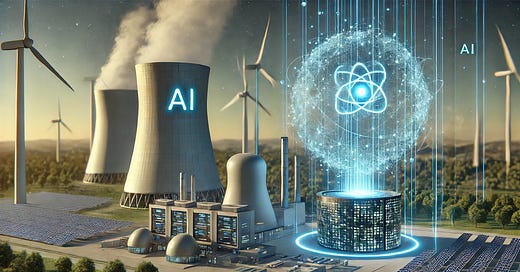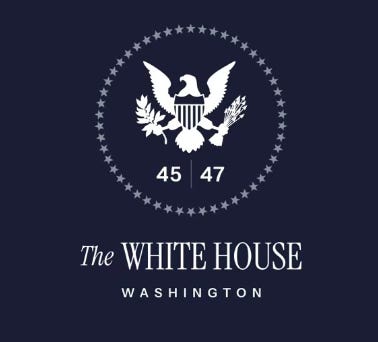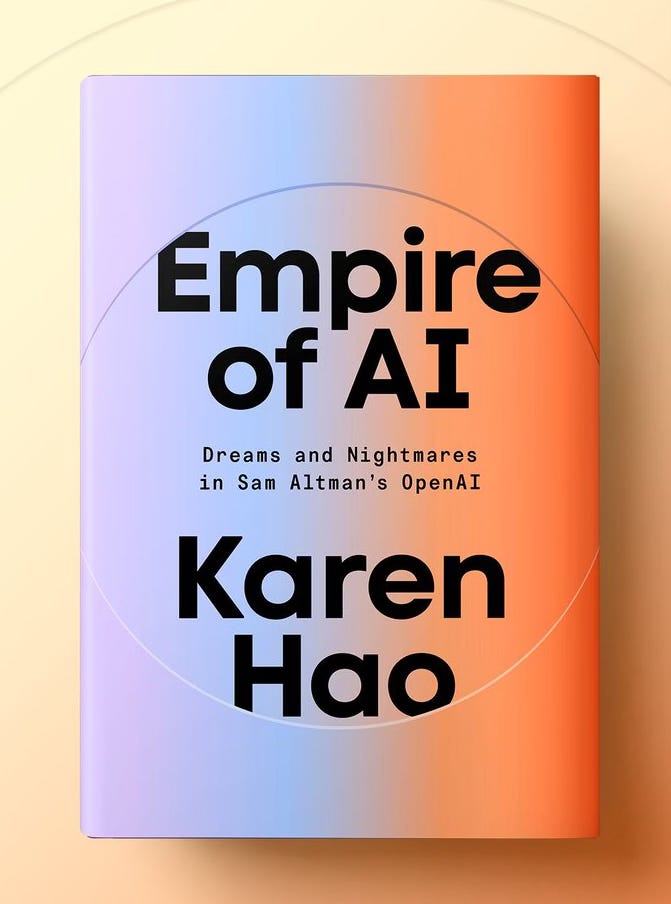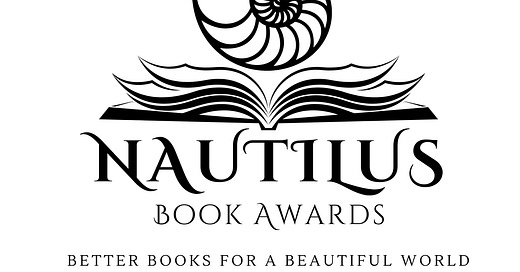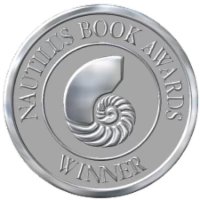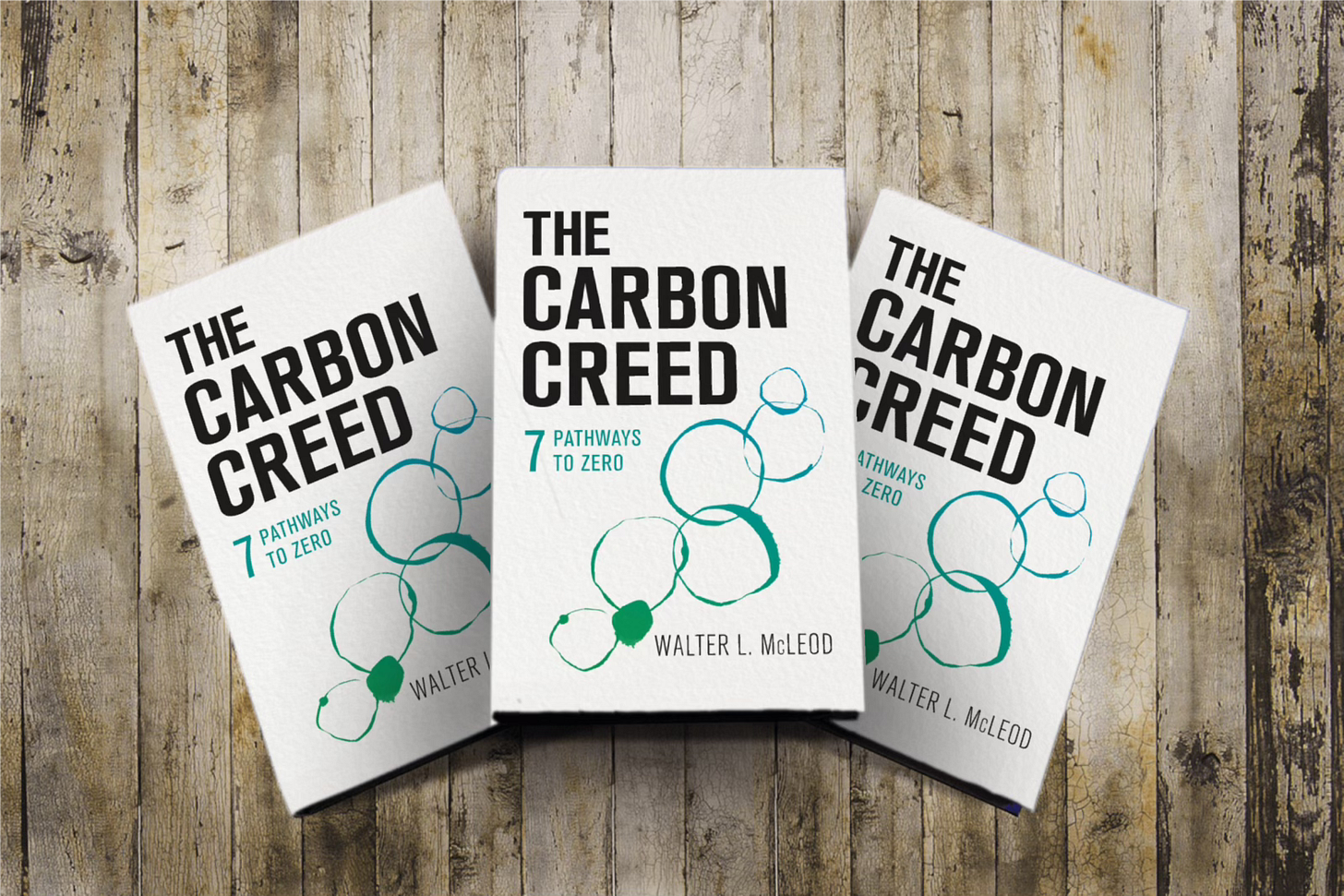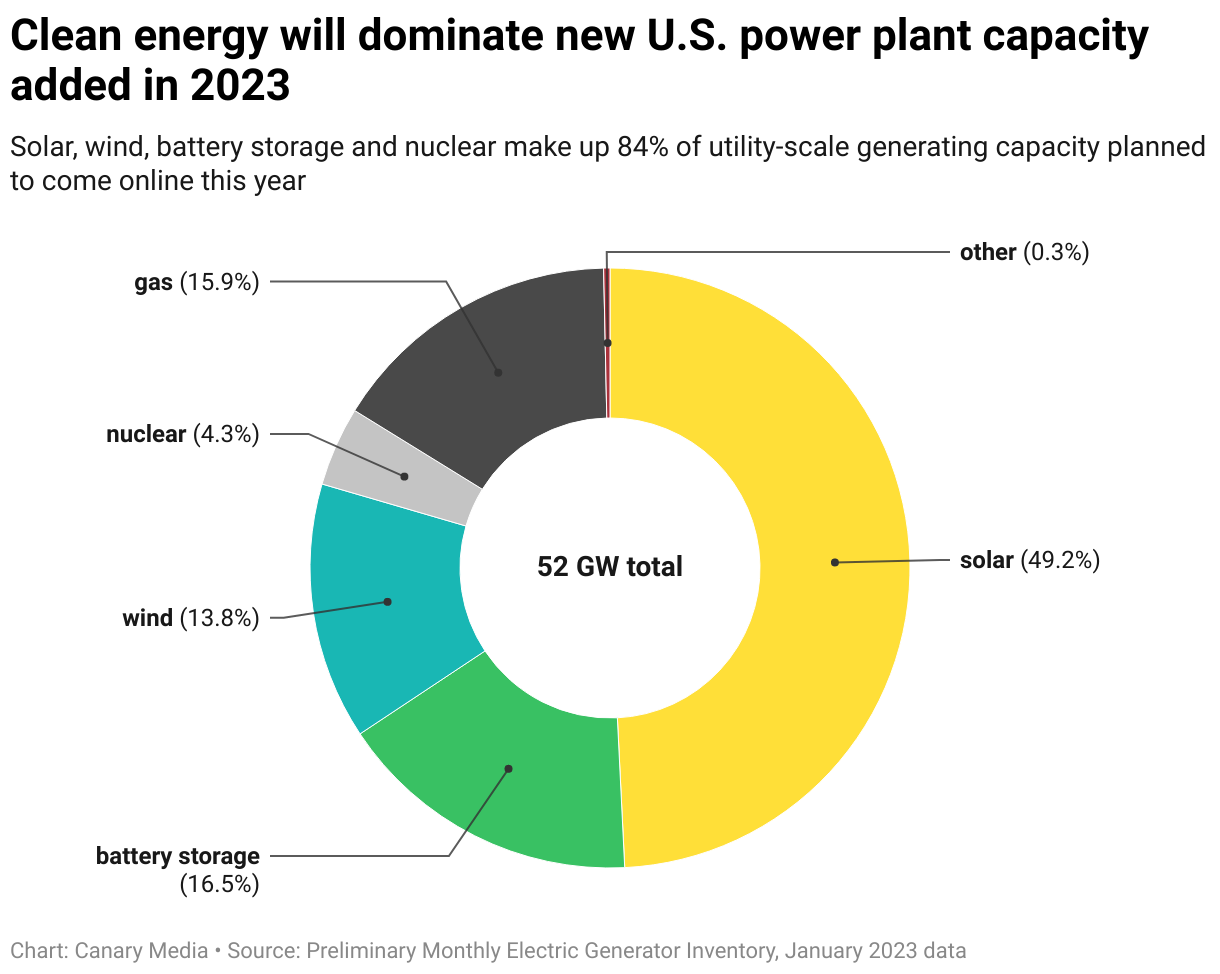Kinship: Winning the Peace, Prosperity and Power
A newsletter about carbon, technology, and values.
(Illustration by Walter L. McLeod)
Issue No. 154
Welcome to the latest Carbon Creed - where carbon, technology, and values converge.
In this issue, we focus on the philosophical choices facing world leaders regarding the future of nuclear technology. It’s not about nuclear proliferation or the politics of the Middle East. It’s about the connections between our shared values, technologies that shape our world, and a better understanding of our cultural differences.
In the end, we all want peace and prosperity. Plentiful, clean power is part of that equation. That is the needle we hope to thread in this thought-provoking issue.
We hope you enjoy the discussion!
If you have an opinion on any topic covered in this newsletter, please feel free to leave a comment below.
Thank you for your viewpoint and the value of your time.
Preamble
Kinship
“Never have human societies known so much…but agreed so little about what they collectively know.” - Dan Kahan
Distrust, historical grievances, and ideological divides have allowed tribalism to define relationships between Eastern and Western nations. Kinship reminds us that we are all part of the same human family, or kin, and we should seek civility, common ground, and peace whenever possible.
This ethos aligns with the message in Ray Dalio’s new book How Nations Go Broke, which identifies “Acts of Nature” including pandemics, energy crises, and climate catastrophes—as systemic shocks that can destabilize even the most powerful economies. When viewed through the lens of kinship, such events are not merely abstract risks to national GDPs; they are collective trials that underscore the need for cooperation, especially in how we deploy powerful technologies like nuclear power.
Nuclear technology presents a stark fork in the road for humanity: one path leads to existential threat through proliferation of weapons; the other, to universal opportunity through abundant, clean, stable energy. Dalio’s framework calls for policies that hedge against systemic collapse, and few investments offer greater resilience than transitioning from carbon-rich fuels and military stockpiles to safe, civilian nuclear power. This is not a utopian ideal—it is a practical goal grounded in mutual interest. Shifting our nuclear focus from destruction to sustainability is not just good economics or sound diplomacy—it is a moral imperative anchored in our shared human story.
POLICY
Power or Provocation
Why do we Weaponize the Atom?
On June 21, 2025, three Iranian nuclear sites were struck by coordinated airstrikes, carried out with U.S. support. The strikes—targeting facilities at Natanz, Fordo, and Isfahan—reignited a global debate over nuclear technology: is it a tool for peaceful progress or an unavoidable path to confrontation? While the immediate headlines focused on Iran’s uranium enrichment program and regional security threats, the deeper story is older, more universal, and more tragic: it’s the story of how nuclear energy, born with the promise of clean power, was co-opted into a perpetual machinery of suspicion, secrecy, and war.
Since the end of World War II, more than 135,000 nuclear warheads have been built by nine countries. At the height of the Cold War in 1986, the global stockpile exceeded 70,000 nuclear weapons. Though that number has since declined to around 12,500 today—mostly held by the U.S. and Russia—it dwarfs the number of nuclear power plants in operation. As of 2025, there are 412 operational nuclear reactors across 32 countries, producing about 10% of the world’s electricity. In other words, for every reactor providing clean, zero-carbon energy, there are roughly 30 warheads built in the name of deterrence, dominance, or destruction.
This vast imbalance traces back to the origins of nuclear development. The first large-scale fission efforts were driven by the Manhattan Project, not by utilities or climate goals. Nuclear energy programs emerged later, often as an offshoot of weapons work—not the other way around. The U.S., Soviet Union, U.K., France, and China all developed reactors in tandem with bombs. And from India to Israel to Pakistan, civil nuclear programs provided the infrastructure and scientific base that could be weaponized—creating global skepticism whenever a new nation pursued enrichment, as in Iran’s case.
The “Atoms for Peace” program, launched by President Eisenhower in 1953, sought to shift this trajectory. It envisioned a world where nuclear energy would uplift developing nations, reduce fossil fuel dependence, and unite countries around shared technological goals. But even that initiative was filtered through Cold War logic. Civil reactor exports were tightly controlled, and nuclear know-how remained a gatekept currency. The result: nuclear energy became not a public good, but a geopolitical bargaining chip—one that several nations sought, but never received without consequence.
Iran’s current program exemplifies this bind. Facing rising electricity demand and declining domestic gas production, Iran could plausibly justify its investment in nuclear power. But its decision to enrich uranium to near-weapons grade, operate centrifuges under hardened bunkers, and limit international inspections have undermined its peaceful claims. Still, the world must ask: if nuclear energy had not been militarized so thoroughly, would Iran’s path—and the world’s response—look different? Could a global regime built on transparency and trust have steered us toward collaboration rather than confrontation?
The airstrikes on Iran’s nuclear sites are a symptom of this broken paradigm. Nuclear energy has been treated not as an essential technology, but as a potential threat—subject to suspicion and sabotage. The historical figures make it clear: the world chose weapons over watts. But the climate crisis and growing energy insecurity now demand a different choice. If we fail to reclaim nuclear technology for peaceful purposes, we will remain locked in a cycle where every reactor is viewed as a prelude to war, and every breakthrough as a potential threat. The atom need not be a weapon. It could still be our salvation—if we finally choose to use it that way.
Walter’s Take:
The Middle East is forever changed. Now we must win the peace.
The United States and Iran have been locked in a decades-long dance over nuclear capability. Since the 1979 revolution, every Iranian attempt to develop nuclear technology—whether for energy or otherwise—has been treated by U.S. and Israeli policymakers as a potential prelude to weapons development. Americans understand the reality that “atoms” will most likely be weaponized by our enemies against us. We now have the opportunity to change this narrative.
The irony is that nuclear energy remains one of the most powerful tools to fight climate and carbon emissions. Iran, like many nations in the Middle East, faces severe climate stress: water shortages, desertification, extreme heat. A peaceful nuclear program could offer emissions-free energy and desalination—exactly the kind of infrastructure modernization international diplomacy ought to support. But decades of mistrust and militarization have made every nuclear ambition suspect. The result is a feedback loop: the more a nation seeks energy independence through nuclear means, the more it is treated as a threat.
The recent strikes on Iranian sites also expose the limits of the global nonproliferation framework. The more nuclear energy is entangled with military assumptions, the more likely it is to trigger conflict. If the world had invested half as much in nuclear transparency, safety, and peaceful collaboration as it has in containment and coercion, we might have a global grid today powered by clean fission, not geopolitics. But instead, nuclear programs continue to serve as proxies for deeper ideological clashes—between East and West, sovereignty and sanctions. Our leaders can change this paradigm and direct humanity towards peace, prosperity and endless clean power. Will they?
BOOKS
\
How Countries Go Broke
By Ray Dalio
In How Countries Go Broke, legendary investor Ray Dalio extends his macroeconomic frameworks into a rigorous historical analysis of sovereign debt crises. Building on his earlier principles of “big debt cycles,” Dalio dissects the anatomy of economic collapse through a comparative lens—drawing on case studies from Weimar Germany to modern Argentina. The book delivers a powerful diagnostic tool: a framework for recognizing early warning signs in national economies, from mounting interest expense to populist political inflections. Dalio’s empirical method and data-heavy storytelling combine to demystify how institutional decay and financial overreach, rather than isolated policy failures, often precipitate national insolvency.
A particularly novel contribution of the book is Dalio’s treatment of the energy-climate nexus as both a driver and amplifier of fiscal fragility. He explores how energy transitions—whether driven by geopolitical realignment (as with oil shocks) or internal decarbonization mandates—can strain public budgets and unsettle global capital flows. In examining the “Green Inflation Trap,” Dalio warns that abrupt shifts toward net-zero goals without synchronized industrial policy or supply chain resilience can generate inflationary pressure, reduce real wages, and fuel backlash politics—thereby undermining macroeconomic stability. In this context, he frames climate policy not as a moral imperative, but as a fiscal and geopolitical balancing act that few countries are managing effectively.
Dalio also breaks ground by quantifying “sovereign adaptability”—a metric that includes institutional trust, energy independence, and policy response speed—to differentiate between countries that bend and those that break under economic strain. His discussion of the United States is sobering: while still the global reserve currency issuer, America’s debt trajectory, political polarization, and increasingly rigid entitlement structure put it within what he calls a “Stage 4 Vulnerability Zone.” The juxtaposition with more nimble energy-exporting nations—like Norway or even parts of the Gulf—is pointed and provocative. Here, Dalio sees energy resilience as a new form of fiscal defense.
Walter’s Take:
This book should be mandatory reading for the Congressional architects of the One Big Beautiful Bill.
How Countries Go Broke is a sobering yet insightful deep dive into the cyclical nature of debt and its profound influence on national prosperity and global order. At its core, the book provides a powerful analytical lens for understanding the complex interplay of debt, politics, geopolitics, natural forces, and technology in shaping the destiny of nations. Dalio urges a holistic understanding of these interconnected forces, emphasizing that challenges like climate change and protectionist trade policies are not isolated events but integral components of larger, recurring historical cycles that demand urgent attention and coordinated solutions.
Dalio’s skillful integration of energy and climate as destabilizing or stabilizing forces adds valuable dimensionality to the traditional study of sovereign debt. While the book remains firmly rooted in macro-finance, its broader implications for sustainability and geopolitics are unmistakable. For policymakers, investors, and scholars of global risk, Dalio has offered not just a roadmap of collapse—but a blueprint for resilience.
RESOURCES
Currents a podcast featuring in-depth discussions with experts on clean energy and finance, published by Norton Rose Fulbright.
Canary Media is an independent, nonprofit newsroom covering the transition to clean energy and solutions to the climate crisis



